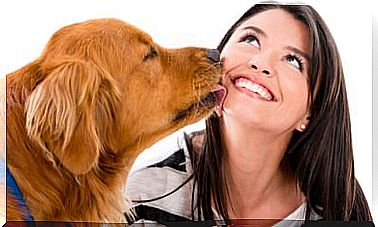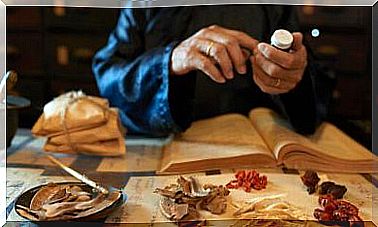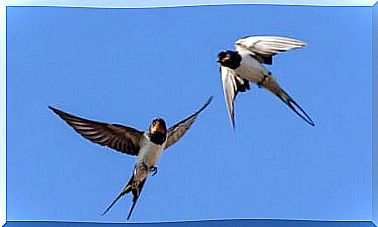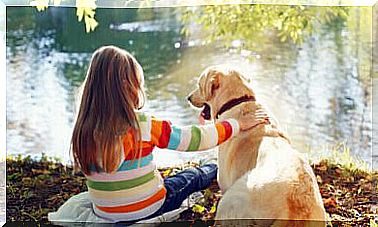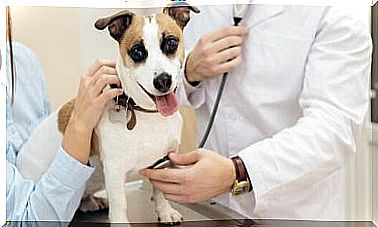Parvo In Dogs

Canine parvo is a serious infectious disease that affects the gastrointestinal system, red blood cells and, in severe cases, the heart muscle.
Characterized by a high mortality rate, it attacks puppies under the age of six months more, due to their still weak immune system. However, it can also occur in adult dogs, especially if they have not been vaccinated and disinfested from parasites.
The variants of parvovirus in dogs
Canine parvovirus (CPV) affects cells that multiply rapidly, such as those of the intestine, those of the lymphoid system, or those of the fetal tissues, which the virus invades and then reproduces.
In puppies between 3 and 8 weeks of age, myocardial cells can also be affected .
The mechanisms that led to the evolution of the CPV are still not clear today; it is believed that the original strain of canine parvovirus type 2 (CPV-2) originated as a variant of the feline panleukopenia virus. However, it is difficult to refute the role of other parvoviruses such as those affecting raccoons, foxes and minks.
Since its discovery in 1978, the virus has undergone changes in its genome, causing the development of the various forms in which the disease manifests itself today.
Isolations carried out between 1979 and 1981 brought to light a new strain called CPV-2a, while, in the mid-1980s, a third subtype, CPV-2b, was identified in the United States.
Several studies indicate that the CPV has undergone these changes in a relatively short period of time. The alleged reason for this is that, in this way, the virus is able to adapt better and have better resistance to the environment.
Although the differences between the three strains concern only a small number of amino acids, they were sufficient to produce important genetic and biological changes.
For example, the new variants have managed to infect cats as well, as well as having quickly replaced the original virus: they can establish themselves more easily and efficiently in the host’s body, and the resulting diseases seem to be more serious.
Finally, dogs infected with these variants eliminate greater amounts of the virus through their fecal matter.
Finally, after 15 years a new variant, called 2c, has been identified in Italy. the new change has the characteristic of having spread rapidly in various regions of the world, since it was soon identified in Vietnam, Spain, the United States, Portugal, Germany, the United Kingdom, Uruguay and, more recently, in Argentina.
CPV-2c has even more severe phases and an even higher mortality rate. It manifests itself with the usual symptoms:
- Loss of appetite
- He retched
- Temperature
- Diarrhea
- Hemorrhage
- Leukopenia
- Abatement
- Dehydration
However, atypical phenomena may also occur which make diagnosis difficult, characterized by mucous diarrhea but with no vomiting, and haemorrhagic diarrhea.
It can also affect both puppies and adult animals up to two and a half years old, and even dogs that have been given all the vaccines against parvo.
Is there a cure for parvo?

While the best way to prevent our beloved pets from suffering from parvo is prevention, while there is no treatment for the disease, it seems a glimmer of hope has recently appeared.
After several preliminary tests carried out by the North American company Avianax, it was possible to cure parvo in 90% of the dogs treated.
Scientists arrived at this discovery in an attempt to find a solution to the West Nile virus, which was affecting entire flocks of geese in North Dakota.
Meanwhile, the best treatment continues to be prevention. To prevent your dog from developing canine parvo it is essential that:
- Follow a strict vaccination plan
- Periodically disinfest it from parasites
- Maintain an adequate level of hygiene for both the animal and the surrounding environment
- Wash his food bowl frequently
- Keep its feed in a place where rodents cannot access.
Bear in mind that 80% of dogs have been in contact with this virus, as it is transmitted through infected feces. Furthermore, the virus easily resists the environment, and can remain active for up to two years.
For these reasons it is of fundamental importance to properly disinfect contaminated soil. The most efficient products to do this seem to be chlorine and lavender water.
Before putting each of these measures into practice, however, when faced with the very first symptoms that indicate parvo in your dog, go immediately to a veterinary clinic.
